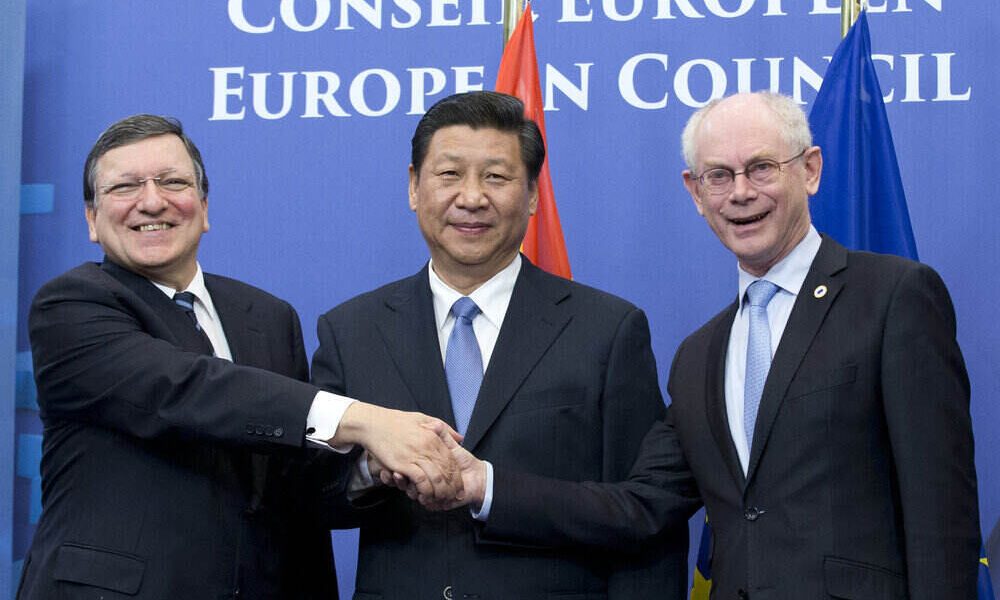
A Sneak Peek Into The China-EU Agreement on Investments

When money matters get intertwined with country-level politics, it can take several years to arrive at decisions that everyone agrees on. Proving this point, a decision has recently been taken by China and the European Union (EU) with respect to the principle of investments. But what’s surprising is that it has come after on-and-off negotiations extended over seven years!
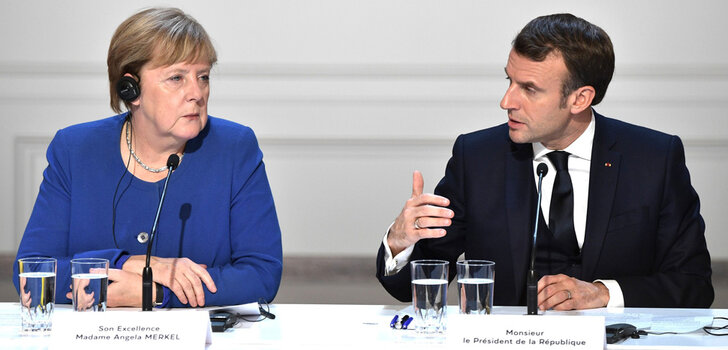
Geo-Political Monitor | After seven years of negotiation, China and the EU have come to a decision with respect to the principle on investments
As part of the decision, China will be focusing on a higher level of industry access for EU investors, involving a few crucial industry openings. Also, it’s forming commitments to ensure equitable treatment for EU organizations so they can contend on a superior level in the country. The equitable treatment will be extended in terms of transparency of subsidies, disciplines for state-owned ventures, and regulations against the forced exchange of innovations.
Let’s take a look at what these decisions mean for global business.
Read – U.S. wants India to stand up to China with American aid and tech support
Primary effects on businesses
Termed as the Comprehensive Agreement on Investments (CAI), the deal will form a good balance in the China-EU exchange relationship. As part of the agreement, the EU’s work on planned autonomous measures in sectors like diligence or subsidies will proceed as the utmost priority. The CAI will tie both the parties into a value-based investment relationship supported by sustainable development standards.
Among others, China has committed not to settle for status quo security in the environment and labor sectors. This move is being made to attract investment, regard China’s global commitments, and advance responsible business behavior by its organizations. Moreover, the country has consented to successfully enforce the Paris Treaty on environmental change in addition to making continued attempts to approve the ILO’s (International Labor Organization) basic conventions on forced labor.
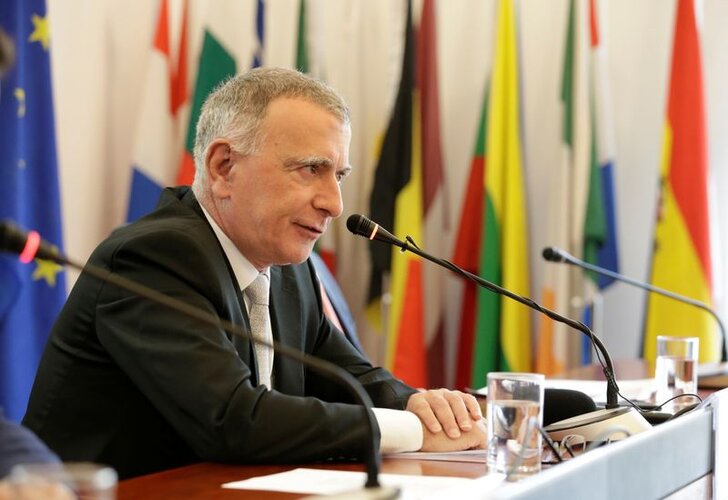
Investing | Termed as the Comprehensive Agreement on Investments (CAI), the deal will form a good balance in the China-EU exchange relationship
Read – India looks to lure more than 1,000 American companies out of China
Implementation
The enforcement of the agreement’s clauses will be supervised by China’s Vice Premier and EU’s Executive Vice President. The state-to-state conflict resolution system supporting the agreement satisfies the most critical guidelines found in the current EU trade alliance. The agreement also creates a working group to follow the enforcement of sustainable development-related issues, including climate and labor.
Continuation of exchanges on investment security
The agreement involves a commitment by both parties to complete exchanges on investment, conflict settlement, and investment security within two years of the CAI mark. The main aim is to complete a dispute settlement and finalize the security norms that are considered in regards to UNCITRAL on a Foreign Investment Court. The European Union’s goal is to modernize and replace the current Member States’ Bilateral Investment Agreement with China.
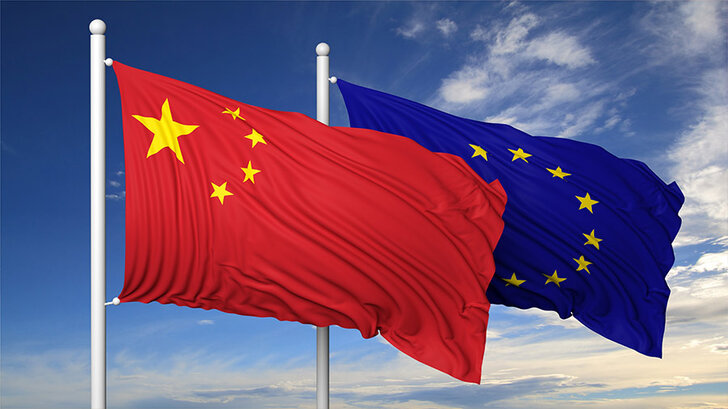
China Briefing | The agreement involves a commitment by both parties to complete exchanges on investment, conflict settlement, and investment security within two years
What’s next?
Both China and the EU are now working towards settling the contents of the treaty, which should be lawfully translated and reviewed before it is submitted for approval by the European Parliament and the EU Council.
More in Finance & Business
-
`
Why You Need to Think Twice Before Buying a House
So, you have been scrolling through real estate listings, envisioning your dream kitchen, and even bookmarking paint colors for the nursery....
November 26, 2023 -
`
Santo Spirits: Sammy Hagar and Guy Fieri’s Joint Venture
In the world of business partnerships, some combinations might seem unconventional at first glance. But when you delve deeper into the...
November 16, 2023 -
`
Everything You Need to Know About Mortgage Rate Lock
You have probably embarked on the exciting yet nerve-wracking voyage of purchasing a home. Amidst the sea of paperwork, open houses,...
November 9, 2023 -
`
7 Effective Ways to Make Your Business More Sustainable
In an age of rising environmental consciousness, making your business more sustainable isn’t just a trend; it’s a necessity. Sustainable practices...
November 3, 2023 -
`
Housing Market Going Up? Then Why Not Rent?
“Buy a house! It is the best investment!” How many times have you heard that? Probably enough to make a drinking...
October 29, 2023 -
`
Surprising! Celebs Who You Didn’t Know Had a Master’s Degree
When it comes to celebrities, we often associate them with glitz, glamour, and blockbuster movies. But did you know that some...
October 17, 2023 -
`
Navigating the Housing Maze: The 7% Mortgage Rate Quandary
If there is one thing that this year has thrown our way (apart from those fascinating tech gadgets we did not know...
October 12, 2023 -
`
Where to Buy a House in the U.S With a $100K Salary
Got a cool $100,000 annual paycheck in your pocket? Cheers to that accomplishment! With such a financial cushion, dreams of homeownership...
October 6, 2023 -
`
The “Grave” Housing Crisis Forcing U.S. Homeowners to Sell Their Houses
Every culture has its dreams and aspirations. For those living in the United States, it has traditionally been an idyllic house, spacious and...
October 1, 2023










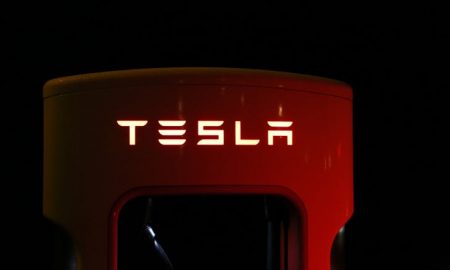

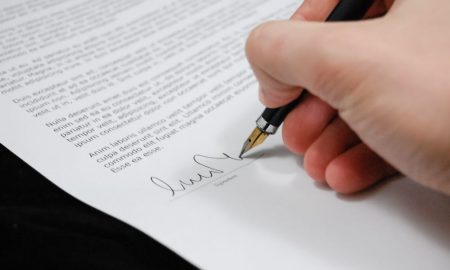


You must be logged in to post a comment Login